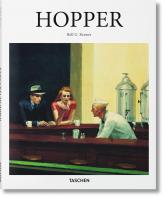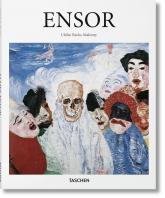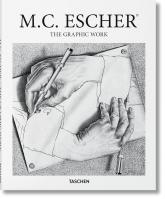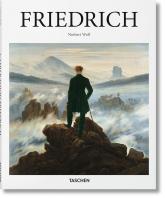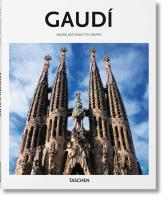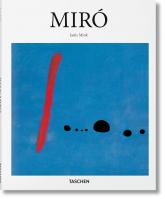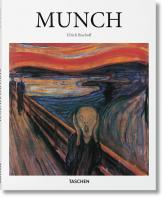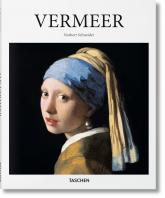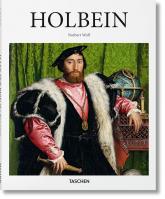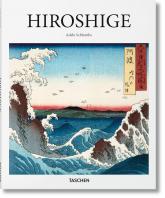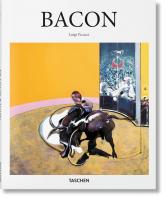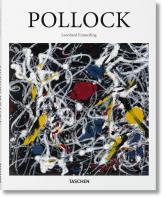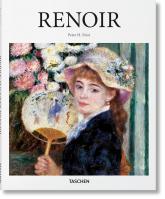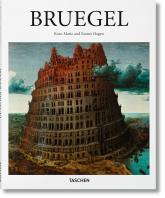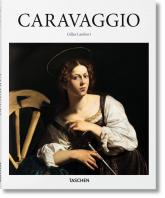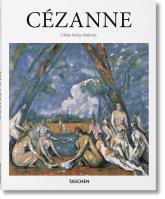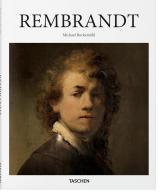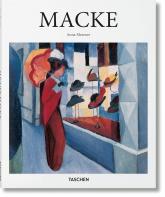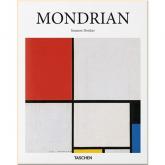СБ c 10:00 до 18:00
Иностранная литература
Найдено 623 товаров
Edward Hopper (1882–1967) is something of an American success story, if only his success had come swifter. At the age of 40, he was a failing artist who struggled to sell a single painting. As he approached 80, Time magazine featured him on its cover. Today, half a century after his death, Ho...
An Expressionist before the term was coined, James Ensor (1860–1949) was the classic insider-outsider enigma. He knew all the right art-world figures but loathed most of them. His style lurched from the Gothic fantastical to the Christian visionary. He was a cosmopolitan trailblazer of modern...
From impossible staircases to tesselated birds, Dutch artist M.C. Escher (1898–1972) crafted a unique graphic language of patterns, puzzles, and mathematics. Dense, complex, and structured by intricate principles, his work is at the same time decorative and playful, toying constantly with opt...
The beauty of nature and man’s loneliness are dominant themes in the work of Caspar David Friedrich (1774-1840). The artist often places a small human figure in a broad landscape, as in his famous paintings Monk by the Sea and The Wanderer above the Sea of Fog. For a long time the importance ...
From the towering Sagrada Familia to the shimmering, textured facade of Casa Batllo and the enchanting landscape of Park Guell, it’s easy to see why Antoni Gaudi (1852–1926) gained the epithet “God’s architect.” With fluid forms and mathematical precision, his work extols the wonder of natura...
With a career spanning seven decades, Catalan-born Joan Miro (1893–1983) was a polymath giant of modern art, producing masterworks across painting, sculpture, art books, tapestry, and ceramics, and embracing ideologies as varied as Fauvism, Surrealism, Dada, Magic Realism, Cubism, and abstrac...
A hairless, ghostly figure on a bridge. The sky orange-red above him. His hands raised to his ears, his mouth wide in a haunting wail. In painting The Scream, Edvard Munch (1863–1944) created Mona Lisa for our times. The shriek of his iconic figure reverberates around the world, its echo reso...
Though numbering just 35 known works, the ?uvre of Johannes Vermeer (1632–1675) is hailed as one of the most important and inspiring portfolios in art history. His paintings have prompted a New York Times best seller, a film starring Scarlett Johansson, and record visitor numbers at art insti...
Religion, Renaissance, and Reformation-these three ideologies shaped the world of 16th-century portraitist Hans Holbein the Younger (1497/98–1543), a pivotal figure of the Northern Renaissance, whose skills took him to Switzerland, Belgium, Italy, and England, and garnered patrons and subject...
Utagawa Hiroshige (1797–1858) was one of the last great artists in the ukiyo-e tradition. Literally meaning “pictures of the floating world,” ukiyo-e was a particular woodblock print genre of art that flourished between the 17th and 19th centuries. Subjects ranged from the bright lights and a...
Largely self-taught as an artist, Francis Bacon (1909–1992) developed a unique ability to transform interior and unconscious impulses into figurative forms and intensely claustrophobic compositions. Emerging into notoriety in the period following World War II, Bacon took the human body as hi...
The rebel hero of Abstract Expressionism, Jackson Pollock (1912–1956) careened through his life like a firework across the American art landscape. Channeling ideas from sources as diverse as Picasso and Mexican surrealism, he rejected convention to develop his own way of seeing, interpreting,...
One of the leading lights of the Impressionist movement, Pierre-Auguste Renoir (1841–1919) remains a towering figure in art history with enduring public appeal. Sun-kissed, charming, and sensual, his work shows painting at its most lighthearted and luminous, while championing the plein air an...
The great Flemish painter Pieter Bruegel the Elder (c. 1526/31–1569) was an astoundingly inventive painter and draftsman, who made his art historical mark with beautiful, evocative landscapes as well as religious subjects, both notable for their vernacular language and attention to everyday, ...
Michelangelo Merisi da Caravaggio (1571–1610) was always a name to be reckoned with. Notorious bad boy of the Italian Baroque, the artist was at once celebrated and controversial, violent in temper, precise in technique, a creative master, and a man on the run. Though famed for his dramatic ...
In the latter half of the 19th century, in the verdant countryside near Aix-en-Provence, Paul Cezanne (1839–1906), busily plied his brush to landscapes and still lifes that would become anchors of modern art. With compact, intense dabs of paint and bold new approaches to light and space, he m...
embrandt van Rijn (1606–1669) never left his homeland of the Netherlands but in his massive body of painting, drawing, and etching, he changed the course of Western art. His prolific oeuvre encompasses religious, historical, and secular scenes, as well as one of the most extraordinary series ...
August Macke (1887–1914) quickly ascended to notoriety, only to be killed at the tender age of 27 at the start of World War I. Despite his brief career, the artist left a remarkable oeuvre in his wake, his obsessions with color reflecting aspects of Impressionism, Post-Impressionism, Fauvism,...
A key figure in the international avant-garde, Piet Mondrian (1872–1944) was at once an extraordinary painter and leading art theoretician whose influence resonates to this day. Coining the term “Neo-plasticism”, he pursued a style of painting composed only of primary colors against a grid of...
Before becoming the critically acclaimed filmmaker responsible for such iconic films as Dr. Strangelove and The Shining, Stanley Kubrick spent five years as a photographer for Look magazine. The Bronx native joined the staff in 1945, when he was only 17 years old, and shot humanist slice-of-l...









